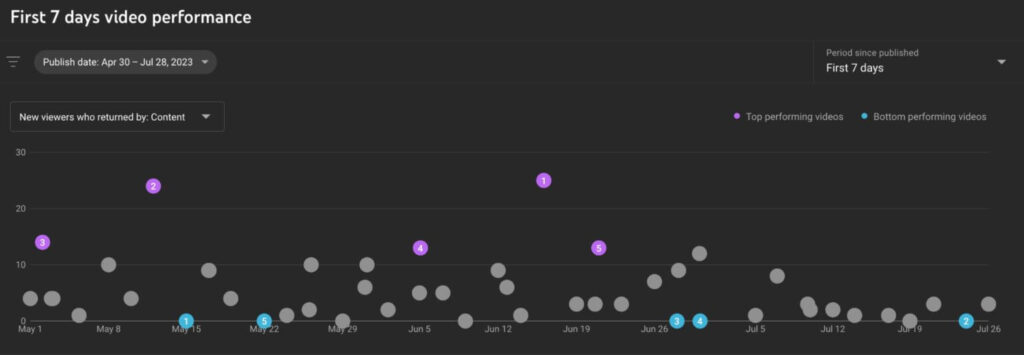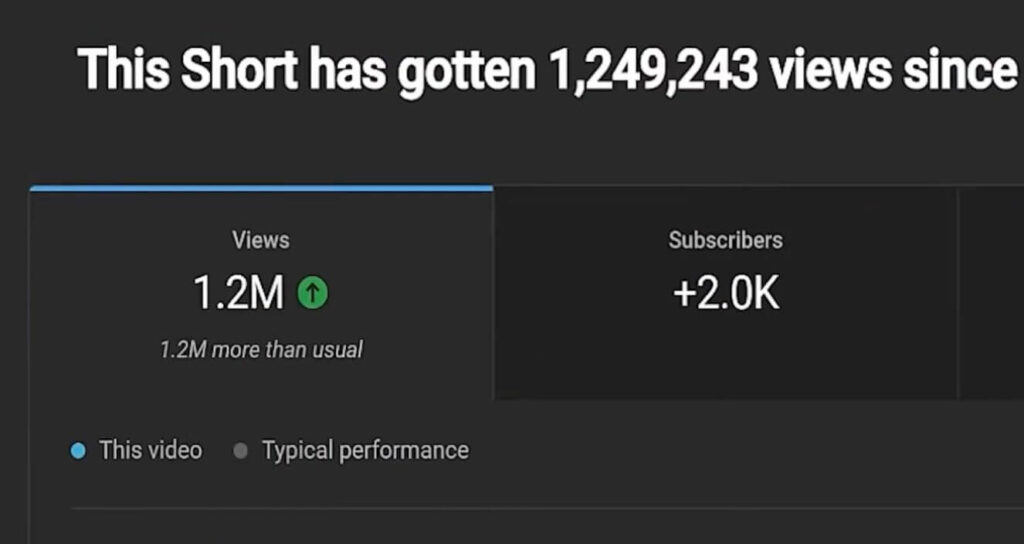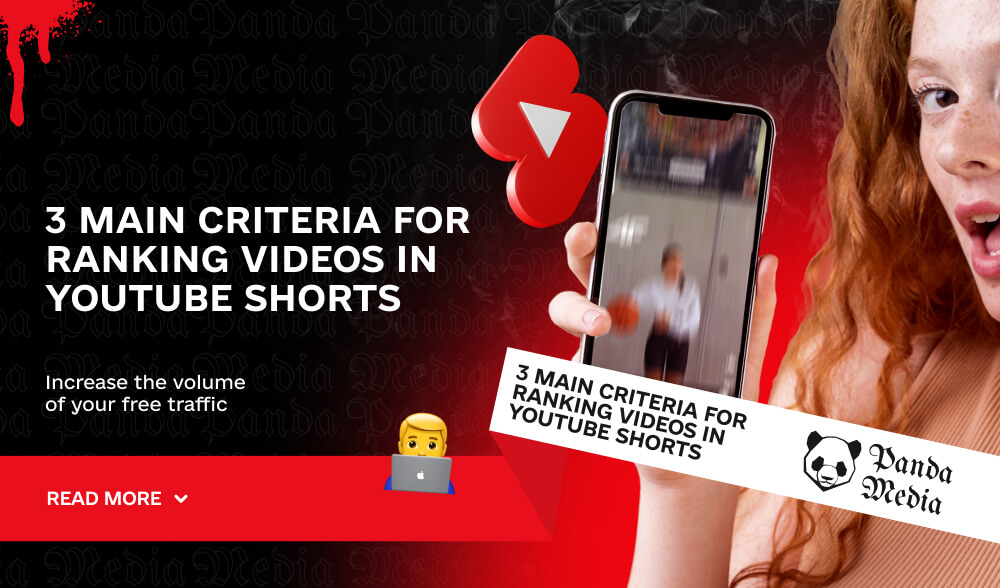Do you make videos on TikTok but haven’t used YouTube Shorts yet? That’s a shame, because it’s also a free method of audience engagement that rivals TikTok in terms of importance. In this article, we’ve compiled valuable tips that will help you significantly improve your traffic results.
Let’s discuss how to fix the situation with the low reach of short videos on the YouTube platform. We will also analyze the algorithms of the ranking system and share practical recommendations based on the real experience of professionals.
Video ranking algorithms on YouTube Shorts
Although UBT is not as widely covered in the media space as traffic buying, interest in this area remains stable. TikTok is most often ranked first in terms of content quality across different platforms, but YouTube is actively catching up.
According to analytical reports, the daily number of views on Shorts already exceeds 50 billion, which is significantly more than 30 billion in 2022.
Some sources even note that TikTok has lost its dominant position in the short video segment, and therefore arbitrators should seriously consider Shorts as an effective channel for generating OBA.
However, driving traffic to external resources has become more difficult since YouTube removed active links from video descriptions and comments. This has become a problem for webmasters, but they continue to use short videos as a promotion tool.
Before understanding the reasons for the low number of views on Shorts, beginners are advised to learn the key content ranking algorithms. This knowledge will help you build a successful strategy for working with the platform.
Video ranking on Shorts is based on a recommendation feed that selects content for the user based on their behavior and the topics of previously watched videos.
The first important indicator is the ratio of views to swipes. Algorithms track the number of times a video has been viewed and minimized to assess its appeal. If the percentage of swipes is high, the video rarely gains popularity.

The second factor is the viewing history. Video hosting shows users content based on their previous actions, which is not influenced by the webmaster.
The third criterion is engagement, based on user activity. The algorithms take into account likes, comments, reposts, and view duration, but the decisive parameter is the view-to-swipe ratio.

What to do if the video has no views?
In recent months, many content creators have begun to notice a significant decline in the number of views. Where videos used to get 4000-5000 views, now the numbers have dropped to 100-200. Some of them asked for help on Google forums, but received only standard recommendations in response.
For example, the author of the above screenshot used to boast of videos with millions of views, but now his videos barely get 2000 views each. We analyzed his channel and it is currently inactive.
What you can do to increase views:
- Improve the video preview. The first image users see in a feed plays a key role in making a viewing decision.
- Insert “hooks. It is important to interest the audience in the first seconds so that they continue watching.
- Increase the frequency of posts. Publish more content – 20 videos instead of 10. This will give the audience more opportunities to interact.
- Choose the time to publish. Determine when your audience is most active and publish videos during these hours.
- Check your channel for possible sanctions. Make sure your channel has no restrictions, or contact technical support for clarification.
Experienced content creators recommend steadily publishing at least 1-2 videos daily. Video platforms support those who are constantly active and don’t give up at the first setbacks.

YouTube Shorts are an opportunity to get a significant influx of traffic that can be successfully monetized through various offers. Problems with views are not uncommon, but it is important not to give up working on the channel. By following our recommendations, you can improve your results and get conditionally free traffic (CFT) through YouTube Shorts.


